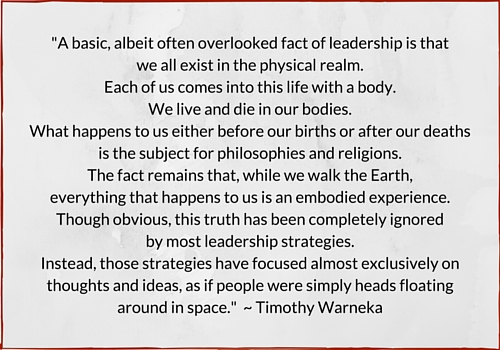Getting Through Hard Times and Coming Out Stronger
 “To be tested is good. The challenged life may be the best therapist.”—Gail Sheehy
“To be tested is good. The challenged life may be the best therapist.”—Gail Sheehy
“If just one more thing goes wrong, it’s going to send me over the edge! I’m at my breaking point! I can’t take anymore! I’m too discouraged and overwhelmed as it is.” Have you ever felt like that? If you struggle with maintaining an optimistic attitude, your coping mechanism may be to shut down. You’re not alone. Yet, you are lacking the one key ingredient that will make getting through hard times more rewarding.
How can getting through hard times be rewarding?
Even though our lives are packed full of demands, we can face all of these, plus the uncertainties that loom on the horizon with optimism and courage, IF we tap into the inextinguishable power of hope.
Yes, there will be pain. However, optimism fuels hope, and hope fuels resiliency, which can see you through seemingly impossible situations. Looking past the challenge and shifting your focus to better times ahead, can change everything. As William J. Brennan, Jr., Former Associate Justice of the U.S. Supreme Court, said:
“We must meet the challenge rather than wish it were not before us.”
When we accept the struggles and challenges of life as part of our education, then we’ll be able to get through the tough times more gracefully. Here are five ways you can mindfully practice hope during hard times…
1. Take care of your health. Our bodies and spirit run on the fuel we give it. Eating healthfully and getting a good night’s sleep can often restore your balance and give you a new and hopeful perspective. Also, be careful about what you’re feeding your mind and spirit. Reject negative talk, whether it’s coming from yourself or others. You deserve better than that!
2. Share your feelings. Recognize the emotional states that are keeping you trapped in despair; they might be pride, fear, or shame. These are common emotional triggers. Hope reassures you that your trusted loved ones will not reject you for being human.
3. Express gratitude. This goes beyond the mental exercise of keeping a gratitude journal to get your mind focused on what you do have. It’s an activity – out of your gratitude list, look for ways to build others up with “thank yous” and compliments. The more positive messages you send out, the more positivity comes back to you.
4. Give meaningfully to others. This can be as simple as taking your dog for a long walk every day in the park, so you can smile at everyone you encounter. The size of your goal doesn’t matter, as long as it feeds your sense of purpose and hope for a brighter tomorrow.
5. Take one step at a time. Hope, like an actual building, is built one brick at a time. Seeing the big picture can often overwhelm, so focus on the one thing you can do right now…and do it!
You’re tougher than you think. People have always survived; and some have even thrived, while getting through hard times. Why not ask those around you what inspires them to keep going? Also read or watch true life stories of courage that inspire you. I’d love to hear about the people who inspire you – please come over to my Facebook page and share what you’ve learned from their stories.
Remember that baby steps lead to transformation. If you’d like guidance and accountability in your quest for a more hopeful state, please contact me for an “Unlocking Your Potential” 30-minute complimentary consultation (in-person, by phone or via Skype). It’s easier when you have help.





